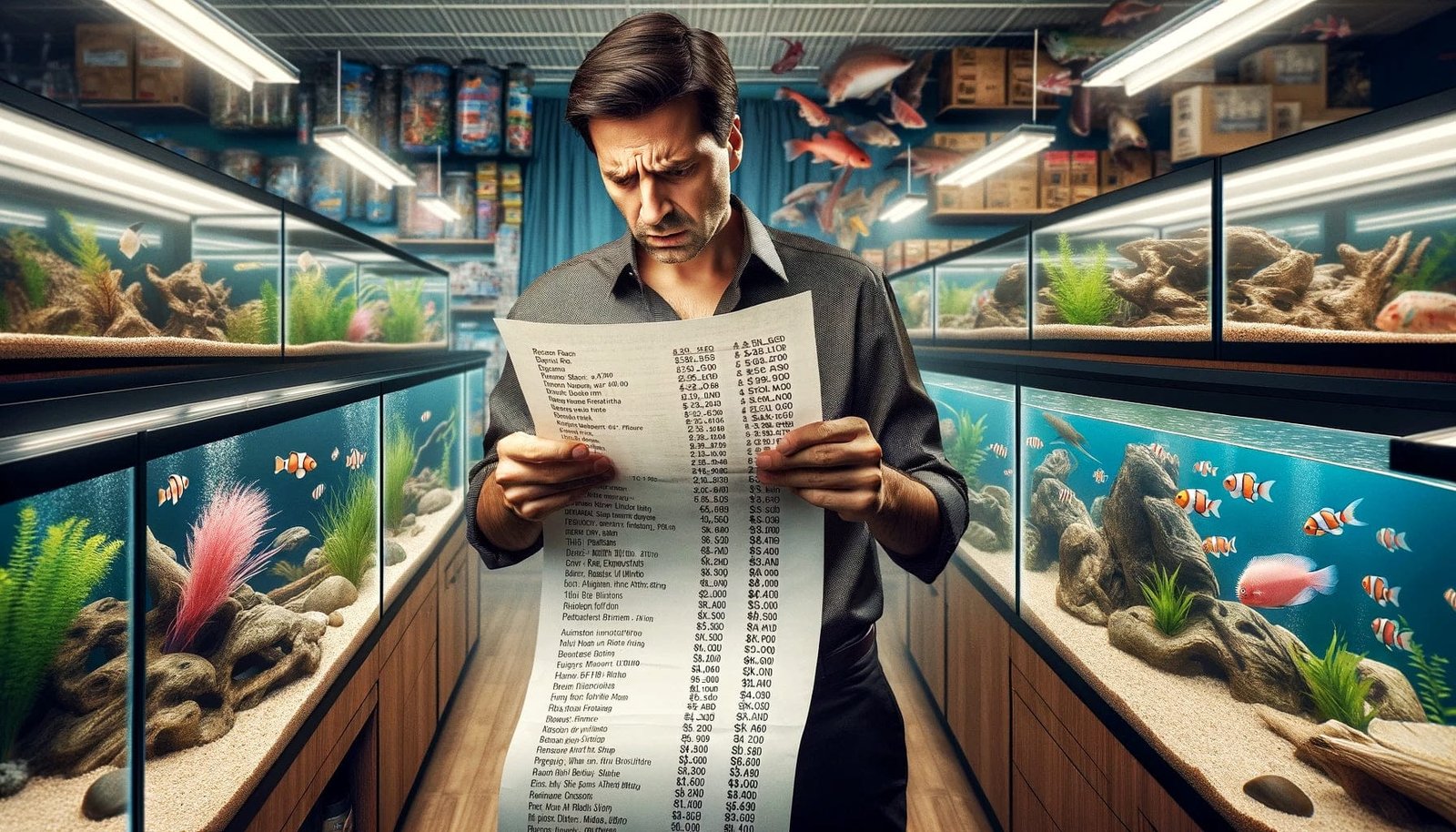Budgeting for Your Aquarium: Costs and Savings Tips
Initial Setup Costs
1. Tank and Stand: The size and type of your aquarium will significantly impact the initial cost. Larger tanks are more expensive but offer more stability in water conditions. Consider starting with a mid-sized tank to balance cost and ease of maintenance.
2. Filtration System: Investing in a good filtration system is crucial for maintaining water quality and the health of your aquarium inhabitants. Don’t cut corners here, as a good filter reduces the need for frequent water changes and maintenance.
3. Lighting: Costs can vary widely depending on the type of aquarium you’re setting up. Freshwater tanks generally require less expensive lighting compared to saltwater or reef tanks, which need specialised lighting to support coral life.
4. Heater: A reliable heater is necessary for most aquariums to maintain stable water temperatures. The cost depends on the size of the tank and the temperature requirements of your fish.
5. Decorations and Substrate: While it’s tempting to go all out on decorations, consider starting simple or sourcing decorations second-hand to save costs.
Operational Costs
1. Electricity: Filters, heaters, and lights contribute to your electricity bill. Using energy-efficient equipment can help minimise these costs.
2. Water: Depending on your location, the cost of water for changes and top-offs can add up. Collecting and using rainwater is a free alternative, but it must be treated before use in your aquarium.
3. Food and Supplements: The ongoing cost of feeding your fish and providing necessary supplements varies depending on the types of fish and plants you have.
Savings Tips
1. Buy Used Equipment: Many aquarists upgrade their setups and sell their old equipment at reduced prices. You can find good quality second-hand tanks, filters, and even decorations.
2. DIY Projects: Consider DIY solutions for aquarium stands, lid covers, and even filters to save money. There are plenty of tutorials available online.
3. Bulk Purchases: Buying food, substrate, and other consumables in bulk can save a significant amount over time.
4. Energy-Efficient Equipment: Investing in energy-efficient lighting, heaters, and pumps can reduce long-term operational costs.
5. Plant Propagation: Instead of buying new plants every time, learn how to propagate the ones you already have. This can fill your tank with greenery at no extra cost.
6. Community Swaps: Join local or online aquarium communities to participate in swaps. This is a great way to acquire new fish, plants, and equipment for little to no cost.
Conclusion







